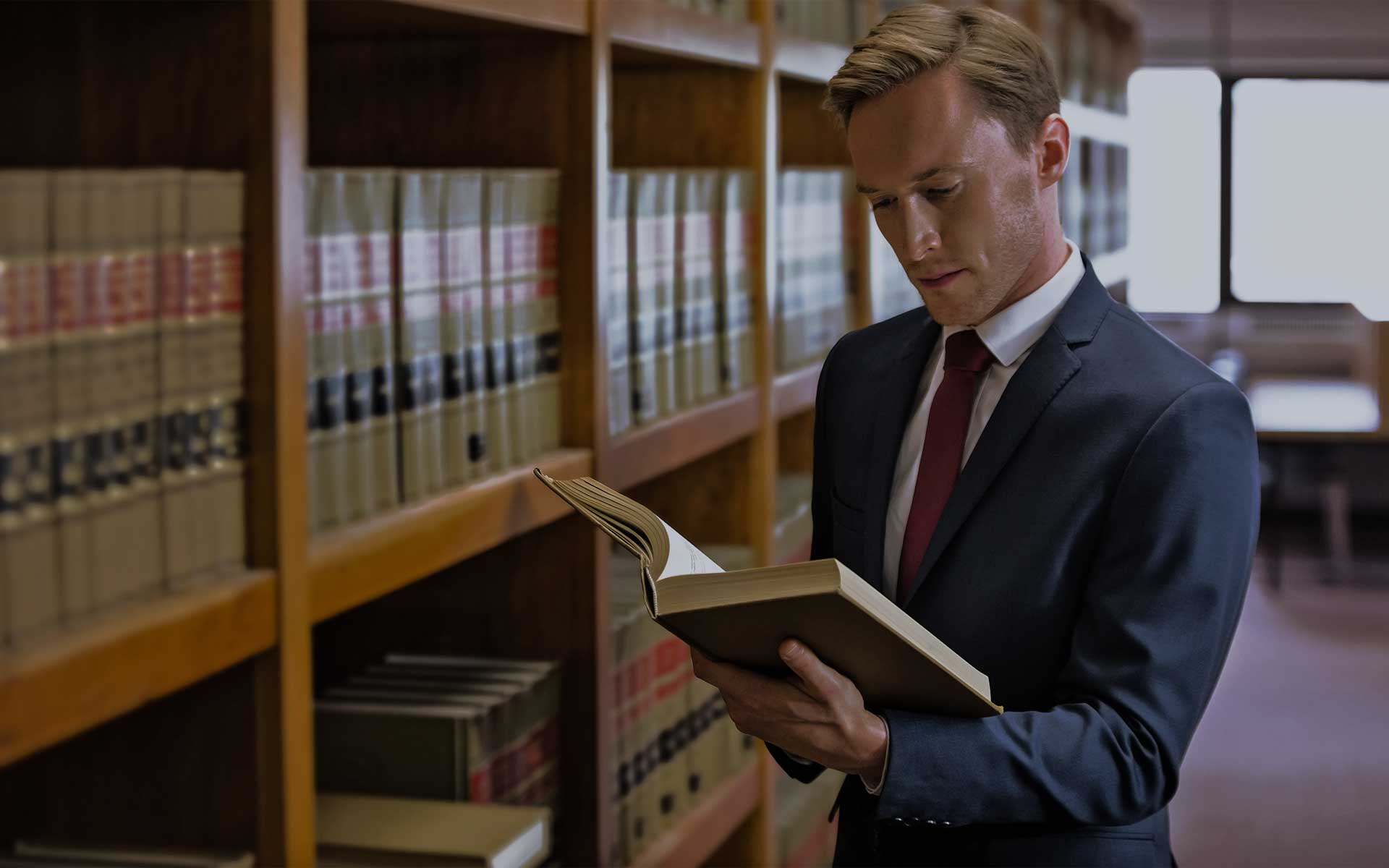Copywrite vs. Copyright: Navigating the Waters of Creativity and Protection


Introduction: In the digital age, where content creation and innovation are at the forefront of business and creativity, the terms “copywrite” and “copyright” often emerge in professional discourse. Despite their phonetic similarity, these terms represent vastly different concepts, each playing a crucial role in the realms of marketing, legal protection, and intellectual property. Understanding the distinction is not just academic—it’s essential for entrepreneurs, creators, and businesses aiming to safeguard their innovations and communicate effectively. This article demystifies these terms, offering clarity and insight into their applications and importance.
Copywrite: The Art of Persuasion. “Copywrite” is not a legal term but a common misspelling or misinterpretation of “copywriting,” which refers to the craft of persuasive writing for the purpose of advertising or marketing. A copywriter creates content (or “copy”) intended to prompt the reader, listener, or viewer to take action—be it purchasing a product, subscribing to a service, or engaging with a brand.
- Key Aspects of Copywriting:
- Creativity and Engagement: Crafting engaging and compelling narratives that resonate with the target audience.
- Brand Voice Development: Establishing and maintaining a consistent brand voice that aligns with the company’s identity and values.
- Call to Action: Encouraging a specific response through strategic and persuasive language.
Copyright: The Shield of Originality: Copyright, on the other hand, is a legal mechanism that protects original works of authorship, including literature, music, art, and software, from unauthorized use. It automatically applies upon the creation of an original work and is fixed in a tangible medium of expression, providing the creator with exclusive rights.
- Key Protections Offered by Copyright:
- Reproduction Rights: The right to reproduce and make copies of an original work.
- Distribution Rights: The right to distribute, sell, or otherwise make the work available to the public.
- Adaptation Rights: The right to adapt or modify the work to create new, derivative works.
Why the Distinction Matters: The confusion between copywrite and copyright might seem trivial at first glance, but it has significant implications in professional settings:
- Legal Protection vs. Creative Skill: Understanding that copyright protects creative works, while copywriting is a skill employed in creating such works, helps clarify the scope of legal protection and professional expertise involved.
- Business Operations: For businesses and content creators, recognizing the difference informs how they protect their assets (copyright) and how they communicate their value proposition to customers (copywriting).
- Professional Communication: In professional communication, accurately using these terms demonstrates attention to detail and respect for the nuances of intellectual property and marketing.
Work for Hire: Navigating Copyright in the Realm of Copywriting.
In the creative and legal tapestry of copyright and copywriting, one concept that often raises questions and demands clarity is “work for hire.” This doctrine is particularly relevant when discussing copyright in relation to copywriters, who frequently create content on behalf of employers or clients. Understanding work for hire is crucial for both copywriters and those who commission their work, as it determines copyright ownership and the rights associated with the created content.
Defining Work for Hire.
Work for hire occurs when copyrighted works are created by an employee within the scope of their employment or under a specific commission agreement that qualifies under copyright law. In these cases, the employer or commissioning party, not the individual creator (e.g., the copywriter), is considered the legal author of the work and holds the copyright.
Two Key Scenarios for Copywriters:
- Employment Relationship: For copywriters employed by a company, any content they create as part of their job duties is typically considered work for hire. The employer automatically owns the copyright to these works, encompassing website content, marketing materials, blog posts, and more.
- Freelance or Contracted Work: For freelance copywriters, the situation can be more complex. Copyright ownership depends on the terms of the contract and whether the work meets specific criteria to be considered a work for hire. Without a clear agreement specifying that the work is made for hire, the copyright may default to the copywriter, even if commissioned by a client.
Implications for Copywriters and Clients:
- For Copywriters: Understanding the work-for-hire doctrine is essential for negotiating contracts and managing your intellectual property rights. If you wish to retain copyright over your creations, this must be explicitly outlined in your contracts with clients.
- For Clients: Businesses and individuals commissioning copywriting work must ensure contracts clearly state when work is considered a work for hire, transferring copyright ownership to them. This is vital for avoiding disputes and ensuring full rights to use and modify the content as needed.
In the intersection of copyright law and copywriting, the doctrine of work for hire plays a pivotal role in defining ownership and rights over creative content. Whether you’re a copywriter crafting compelling narratives or a business leveraging these narratives to build your brand, a clear understanding and careful negotiation of work-for-hire agreements are essential for protecting your interests and fostering successful collaborations.
Best Practices:
- Clear Contracts: Both parties should use clear, unambiguous contracts that define the nature of the work, compensation, and copyright ownership.
- Negotiation: Copywriters and clients should negotiate terms that fairly address the needs and rights of both parties. This might include provisions for the copywriter to retain certain rights or for the client to exclusively use the content for a specified period.
- Legal Consultation: Particularly for complex projects or ongoing relationships, consulting with a legal professional can ensure that work-for-hire agreements are valid, enforceable, and in line with copyright law.
Conclusion:
In the bustling intersection of creativity, law, and business, the clarity between “copywrite” and “copyright” illuminates the path for protecting creative works while engaging and persuading audiences effectively. As digital content continues to dominate the landscape, the value of understanding and applying each concept correctly cannot be overstated. Whether you’re drafting the next viral marketing campaign or protecting your latest creative endeavor, the power lies in knowledge and precision.
***
Need help overcoming IP challenges? Contact Emmanuel Coffy at [email protected] or call (973) 996-2947 to see how we can help. You can also visit our website www.coffylaw.com.
If you wish to receive future articles, follow me on LinkedIn or send an email to [email protected] with your contact information indicating you wish to receive future articles.
For SMEs looking to dive deeper into the patent process, our upcoming workshop offers hands-on guidance from experienced IP professionals. Secure your spot today and take the first step towards protecting your tech innovation. Stay ahead in the game of IP protection – register now! https://www.coffylaw.com/live-seminar-signup/
For a free eBook activate the link below.
https://www.coffylaw.com/ebook-request/
© 2024 COFFYLAW, LLC – All rights reserved


